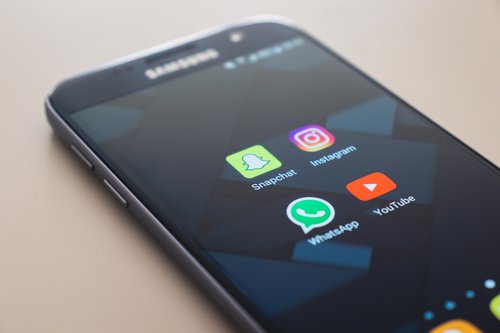Reflections on what we learned from the research
Similarities: Information seeking and support
There were a lot of similarities in our findings between the two studies. People with migraine and epilepsy said they tended to use online sources to find more information out about their condition. Specific uses of online media included: (1) Information seeking and sharing, (2) Social support, and (3) Gaining reassurance, empowerment.
Differences
Monitoring episodes
APPS: People with Epilepsy (PWE) tended to use apps to monitor their seizures, while People with Migraine (PWM) did not say they used apps as frequently to monitor migraines. In fact, apps didn’t really seem to feature as frequently in the transcripts of PWM as a self-management tool.
Engagement with others online
SILENT OBSERVATION: More PWE tended to silently observe the forums and groups, without actively participating in the conversation themselves – these people still gained profound benefits from learning from other expert patients.

TYPES OF SOCIAL MEDIA: The time difference between interviews was almost two years. In that time, popularity of some types of social media had changed. For instance, more people used Instagram in the second group than the first.
SUPPORT GROUP: About equal numbers of people tended to use online social connections as a kind of support group, however, people with migraine were more likely to join in on the conversation in these closed Facebook groups. Social media groups were used for venting by some but not all.
CONCERNS ABOUT DISCLOSURE: People in both studies voiced concerns about disclosing their invisible condition to others online. Some PWM worried about “being discovered” to have migraine and burdening their friends by talking about their symptoms to their contacts. Many reported it was a relief to be able to share when they were having a bad day to others with migraine. PWE worried about losing their friends or that compromised privacy could result in employment consequences if they were seen to have epilepsy online. This tells us that societal stigma and self-stigma can influence online behaviour among users with epilepsy and migraine. This is important because stigma may act as a barrier for people with health conditions to access information and receive support.
What did we find that was surprising?
Of particular interest was the value that people said that they had from reading experiences of others with the same condition. What was surprising was that people valued this information, even if they didn't appear to interact with it by adding a comment or "like", etc. This tells us that accurate healthcare information online for patient groups is worth investing more time in.
Changes in Medicine and Society
The introduction of evidence-based medicine has changed the balance of power and authority in the doctor-patient relationship, and in turn, this change is part of a wider societal development. Professor Ridsdale speaks further about her observations below.
Changes in online media and terminology




